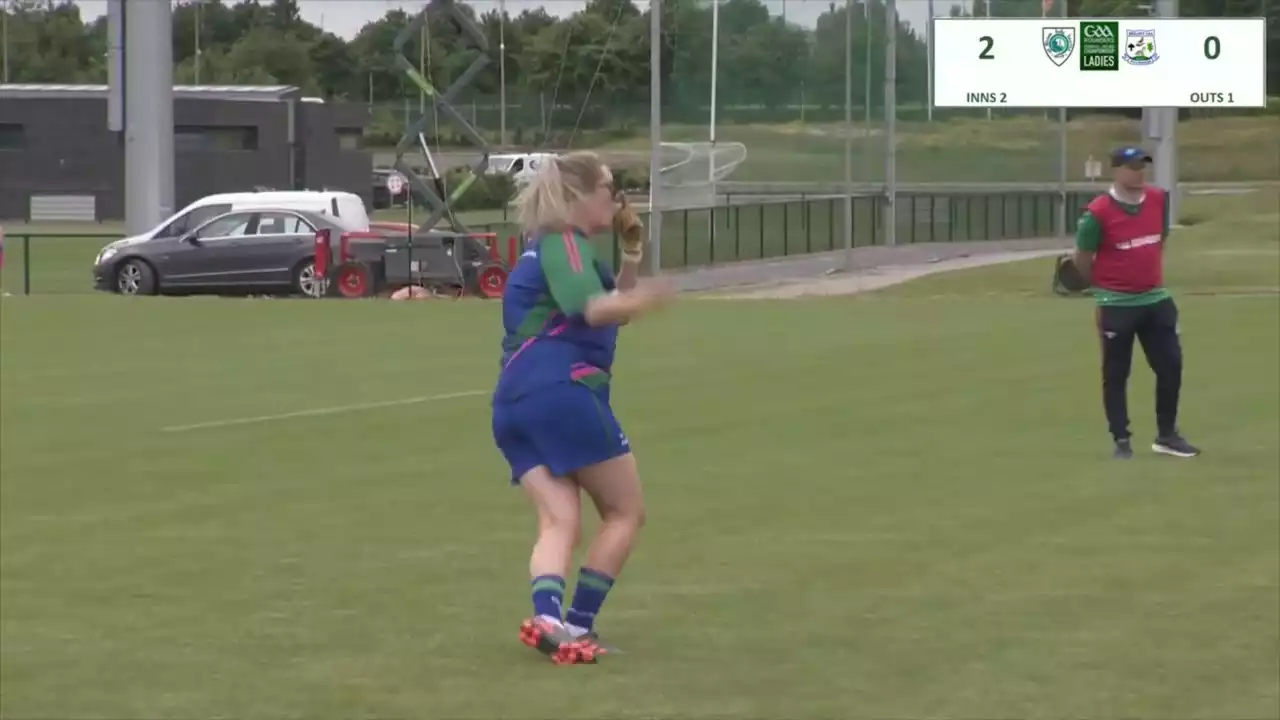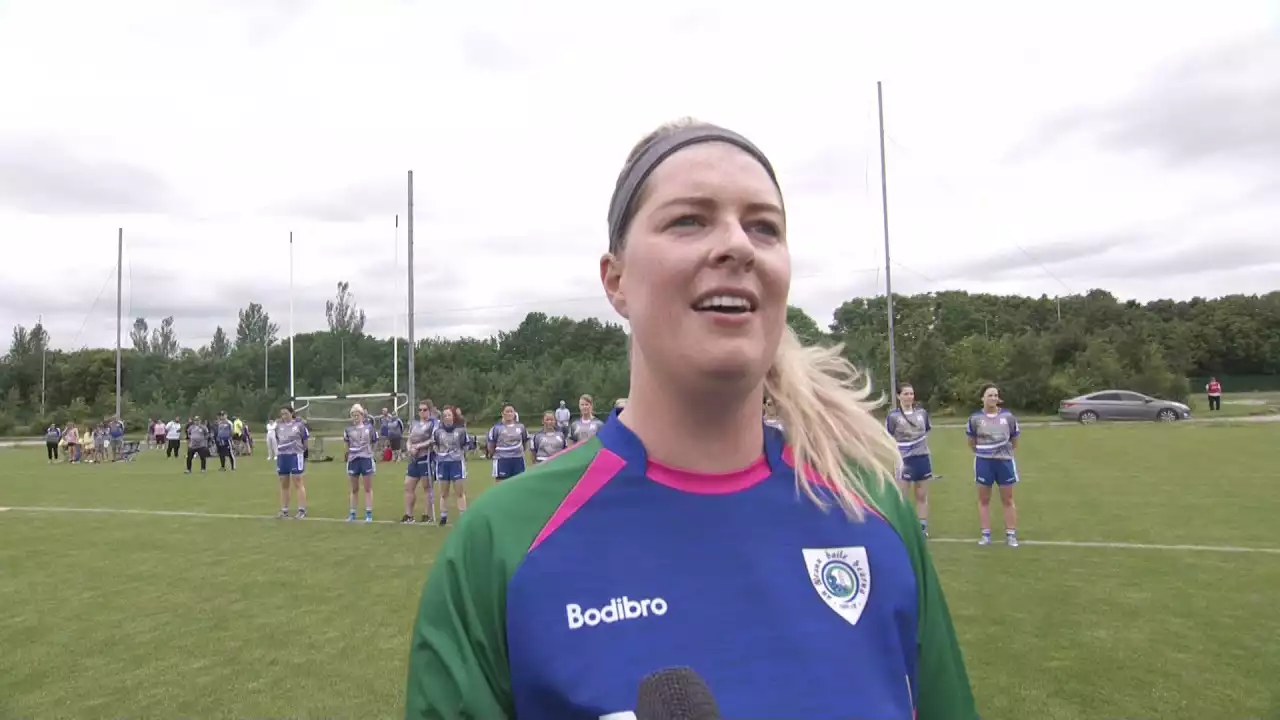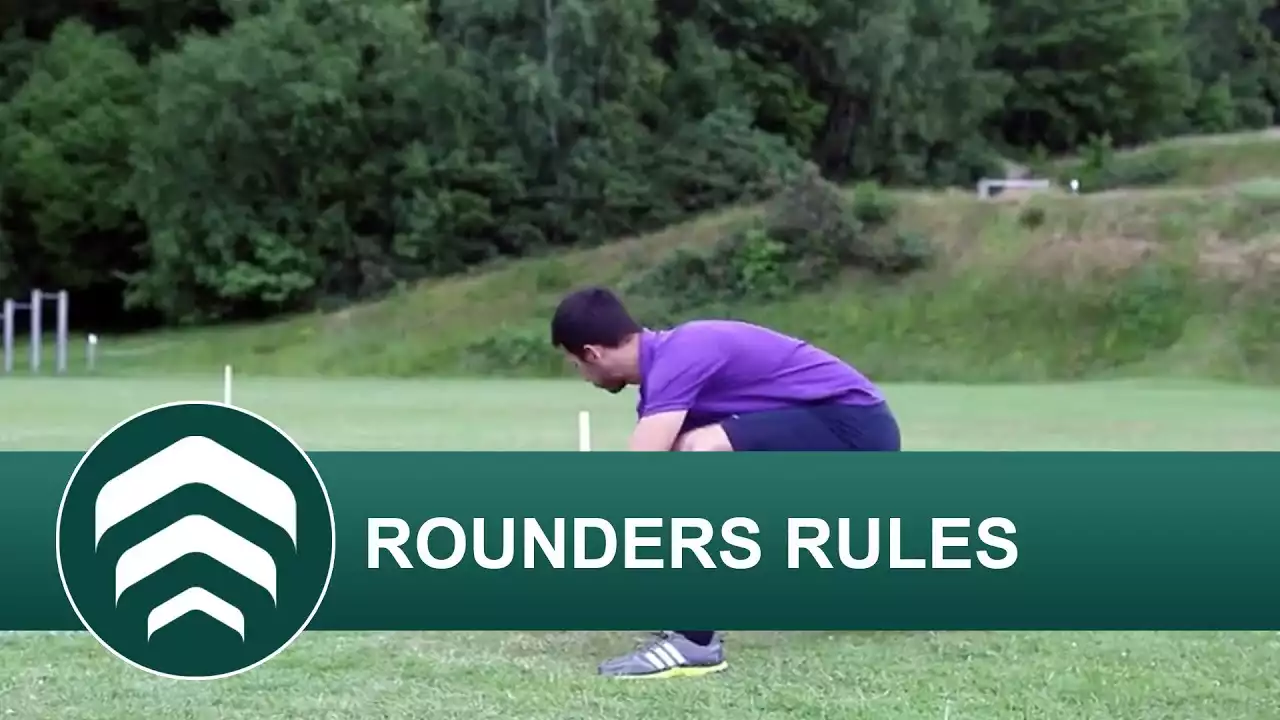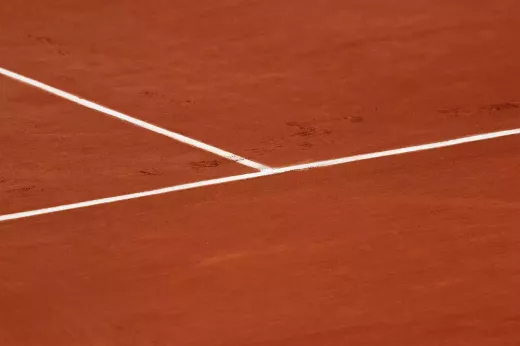Importance of rounders drills in improving batting and fielding skills
Rounders drills play a crucial role in enhancing your batting and fielding skills. They provide an opportunity to focus on specific aspects of the game, allowing you to fine-tune your technique and improve your overall performance. These drills help develop muscle memory, improve hand-eye coordination, and build the necessary skills to excel in both batting and fielding. By incorporating these drills into your training routine, you can elevate your game to new heights.
One of the key benefits of rounders drills is their ability to enhance batting accuracy. Through consistent practice, you can improve your aim, timing, and swing mechanics. These drills also help you develop a better understanding of the strike zone, allowing you to make more informed decisions at the plate. Additionally, by practicing various batting drills, you can increase your power and hit the ball with more force, making it harder for the fielders to catch.
When it comes to fielding, drills are essential for improving speed, agility, and reflexes. Fielding drills focus on enhancing your ability to react quickly to the ball, make accurate throws, and cover ground efficiently. By incorporating these drills into your training routine, you can become a more reliable fielder, capable of making game-changing plays.
In the next sections, we will explore five effective rounders drills that will help you enhance your batting and fielding skills. These drills have been carefully selected to cover different aspects of the game and provide a well-rounded training experience. So, let's jump into the first drill and start improving your rounders game!
Rounders drill 1: Target practice for batting accuracy
Target practice is a fundamental drill for improving your batting accuracy. This drill focuses on your ability to hit specific targets, helping you develop the necessary precision and control to place the ball exactly where you want it. To perform this drill, you will need a set of targets such as cones or markers and a batting tee or a partner to pitch the ball.
Start by setting up the targets at different locations within the strike zone. The targets should be strategically placed to simulate different areas of the field. Stand at the batting position and visualize the target you want to hit. Take a few practice swings to warm up and get a feel for your swing. Once you're ready, start hitting the targets one by one, aiming to hit them consistently with each swing.
This drill not only improves your batting accuracy but also helps you develop a better understanding of the strike zone. By practicing hitting specific targets, you'll become more aware of your swing mechanics and gain the ability to adjust your swing based on the pitch location. This drill can be performed individually or in a group, making it a versatile training tool for players of all levels.
Remember to focus on your technique and aim for consistency. Start with slower pitches and gradually increase the speed and difficulty as you become more comfortable. This drill will help you develop the muscle memory needed to consistently hit the ball where you intend to, giving you a significant advantage on the rounders field.
Primary PE lesson plan ideas for teachers. Rounders - Run Outs
Rounders drill 2: Relay race for improving fielding speed and agility
Fielding in rounders requires quick reflexes, speed, and agility. A relay race drill is an excellent way to improve these essential fielding attributes. This drill focuses on your ability to react quickly, make accurate throws, and cover ground efficiently. To perform this drill, you will need a group of players, cones to mark the relay points, and a ball.
Start by dividing the players into two teams. Place the cones at regular intervals, creating a relay course. The distance between the cones can be adjusted based on the skill level of the players. Each team will have one player positioned at each cone. The first player from each team starts with the ball.
At the start signal, the first player runs to the next cone and hands the ball to the teammate waiting there. The teammate then runs to the next cone and repeats the process until the last player reaches the final cone. The team that completes the relay race in the shortest time wins the drill.
This relay race drill not only improves your speed and agility but also enhances your ability to make accurate throws under pressure. By practicing this drill regularly, you'll develop the necessary skills to quickly react to the ball, make on-point throws, and cover ground efficiently. This drill simulates game-like situations where quick transitions between fielders are crucial, making it an effective training tool for improving your fielding performance.
Remember to focus on maintaining good form and technique throughout the drill. Quick, controlled movements and accurate throws should be prioritized over speed. As you become more comfortable with the drill, challenge yourself by increasing the speed and difficulty. This drill will help you become a more agile and efficient fielder, capable of making game-changing plays on the rounders field.
Rounders drill 3: Reaction drill for enhancing fielding reflexes
Fielding in rounders requires quick reflexes and the ability to react to the ball effectively. A reaction drill is an excellent way to enhance your fielding reflexes and improve your overall defensive performance. This drill focuses on your ability to quickly respond to different ball trajectories and make instinctive plays. To perform this drill, you will need a partner and a ball.
Start by standing approximately ten feet away from your partner, facing each other. Your partner will randomly throw the ball in different directions, simulating various fielding scenarios. As soon as your partner releases the ball, react quickly and move towards the ball to catch it. Focus on your footwork, positioning, and hand-eye coordination to make a clean catch.
This reaction drill helps you develop the necessary reflexes to react quickly to the ball, improving your fielding skills. By practicing this drill regularly, you'll become more adept at anticipating the ball's trajectory, making instinctive plays, and reacting effectively in different fielding situations. This drill is highly beneficial for improving your defensive capabilities and becoming a reliable fielder.
Remember to stay focused and maintain a ready position throughout the drill. Quick reactions and efficient movement are key to successfully completing this drill. As you become more comfortable, challenge yourself by increasing the difficulty of the throws and varying the trajectories. This drill will help you become a more agile and responsive fielder, capable of making game-changing plays on the rounders field.
Rounders drill 4: Backhand catch drill for improving fielding technique
Fielding technique plays a crucial role in successfully making plays on the rounders field. The backhand catch drill is an effective way to improve your fielding technique, specifically for backhand catches. This drill focuses on your ability to react quickly and make clean catches on the backhand side. To perform this drill, you will need a partner and a ball.
Start by standing approximately ten feet away from your partner, facing each other. Your partner will randomly throw the ball towards your backhand side. As soon as your partner releases the ball, react quickly and move towards the ball to make a clean catch. Focus on your footwork, positioning, and hand-eye coordination to execute a successful backhand catch.
This drill helps you develop the necessary skills to make clean catches on the backhand side, improving your overall fielding technique. By practicing this drill regularly, you'll become more confident and comfortable in making backhand catches, making you a more reliable fielder. This drill is particularly useful for players who struggle with backhand catches and want to improve their defensive capabilities.
Remember to focus on your technique throughout the drill. Position yourself correctly and use proper hand positioning to ensure a clean catch. As you become more comfortable, challenge yourself by increasing the difficulty of the throws and varying the trajectories. This drill will help you become a more efficient and effective fielder, capable of making challenging plays on the rounders field.
Rounders drill 5: Live batting practice for game-like situations
Live batting practice is a crucial drill for improving your batting skills in game-like situations. This drill focuses on your ability to make quick decisions, adjust your swing, and hit the ball effectively under pressure. To perform this drill, you will need a pitcher, a batting cage or an open field, and a set of fielders.
Start by setting up a batting cage or marking boundaries in an open field. Position the pitcher on the mound and the fielders in their respective positions. The pitcher will throw live pitches to simulate game-like situations. As the batter, your goal is to make solid contact with the ball and hit it into play. Focus on your timing, swing mechanics, and pitch recognition to maximize your hitting performance.
This live batting practice drill allows you to experience realistic game scenarios and improve your ability to hit the ball effectively under pressure. By practicing this drill regularly, you'll become more comfortable and confident at the plate, making you a more formidable batter. This drill is highly beneficial for enhancing your overall batting skills and preparing you for competitive rounders games.
Remember to stay focused and maintain good form throughout the drill. Pay attention to the pitcher's delivery, read the pitch, and adjust your swing accordingly. As you become more comfortable, challenge yourself by facing different types of pitches and varying the speed and location. This drill will help you become a more versatile and successful batter, capable of making impactful plays on the rounders field.
How to incorporate rounders drills into your training routine
To maximize the benefits of rounders drills, it's essential to incorporate them into your training routine effectively. Here are some tips on how to integrate these drills into your practice sessions:
1. Plan your drills: Create a training plan that includes a variety of rounders drills targeting different aspects of the game. This ensures a well-rounded training experience and helps you address specific areas of improvement.
2. Dedicate time for drills: Allocate specific time slots for drills in your practice sessions. Set aside dedicated time for batting drills and separate time for fielding drills. This allows you to focus on each aspect of the game and dedicate sufficient time to develop the necessary skills.
3. Progress gradually: Start with simpler drills and gradually increase the difficulty as you become more comfortable. This allows you to build a strong foundation and progress at a pace that suits your skill level.
4. Mix it up: Incorporate a variety of rounders drills into your training routine to keep things interesting and challenging. This prevents monotony and ensures a well-rounded development of your skills.
5. Practice consistently: Consistency is key to improvement. Set aside regular practice sessions and stick to your training routine. Aim for a balance between intensity and recovery to avoid burnout and ensure steady progress.
Remember, effective training requires a combination of drills, practice, and game-like scenarios. By incorporating rounders drills into your training routine, you can enhance your batting and fielding skills and take your rounders game to the next level.









